
|
The world of non-commercial film and A-V |
Events Diary | Search | ||
| The Film and Video Institute | | ||||
The making of Rhythm in Steam
The film is basically the motion of a steam engine synchronised to music. I have also tried to match the movement of different engine parts to the phrases of the music, building up to a crescendo at one point and slowing to the original engine speed near the end, again matching the mood of the music.
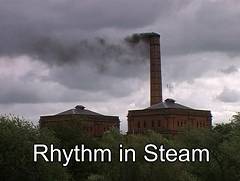 |
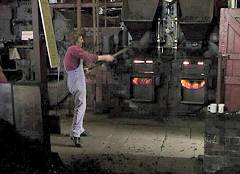 |
I used a Panasonic DX110 camcorder on a tripod for all the shooting. For the first visit to the pumping station, I just left everything on auto. However, I discovered later that the white balance varied unacceptably between shots, due to there being a mixture of daylight through the windows and artificial light. So, on a second visit, I set the white balance manually. Exposure was also set manually so that there were no variations between shots. Focus was left on auto.
There are two identical engines at the pumping station. On the second shoot, the engine that was running was not the same as on the first shoot - wouldn't you just know it ! Unfortunately, on the video, one appears to be moving in the opposite direction to the other. I did manage to correct this in editing, though.
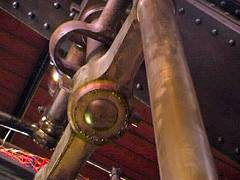 |
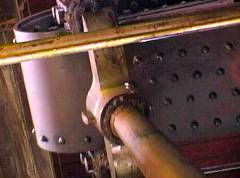 |
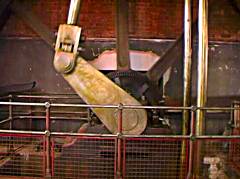 |
Editing was done on computer using the Pinnacle Studio DV+ editing program. This software does not have the facility for varying the speed of video clips. So, I had to resort more basic methods of achieving this. The first editing operation was to select suitable music. I chose "Taurus I" by Mike Oldfield, as I have always associated it with the motion of a steam engine. The music beat is much faster than the revolutions of the engine, so I reduced it's speed by about 10%, using an audio editing program, to one beat per second. This then became the timing required for one revolution (or one oscillation) of the engine.
The next task was, therefore, to speed up the motion of the engine so that one revolution took exactly one second, or 25 frames, of video. The speed of the engine on the raw footage varied considerably, even within a single shot, and I wanted exact synchronisation. So I decided to speed up a single revolution of the engine, and then replicated this as many times as I required.
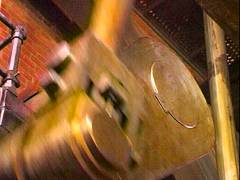 |
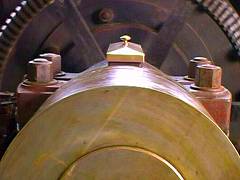 |
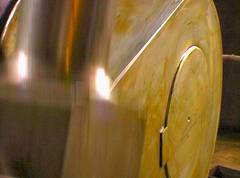 |
To speed up a video clip, I created a new clip by 'grabbing' single frame images from the original clip and adding them to the timeline. Determining which frames to grab did get somewhat complicated, and a computer spreadsheet was used for the calculations. As an easy example, if I want to double the speed of a clip, then I grab every other frame. To reduce the monotony of grabbing frames, I used a computer program called a Macro. I only had to carry out an operation once and the Macro would repeat it as many times as required.
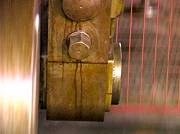 |
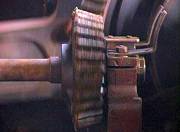 |
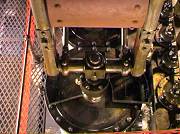 |
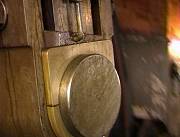 |
To improve the impact of some visuals, editing cuts were made just before the music beat rather than on the beat
A very satisfying film to make.
- Geof Caudwell March 2006
You can see one of Geof's earlier successes, Watch the Birdie, on Retinascope [www.retinascope.co.uk], click Films and choose Cinema 3
Share your passions.

Share your stories.